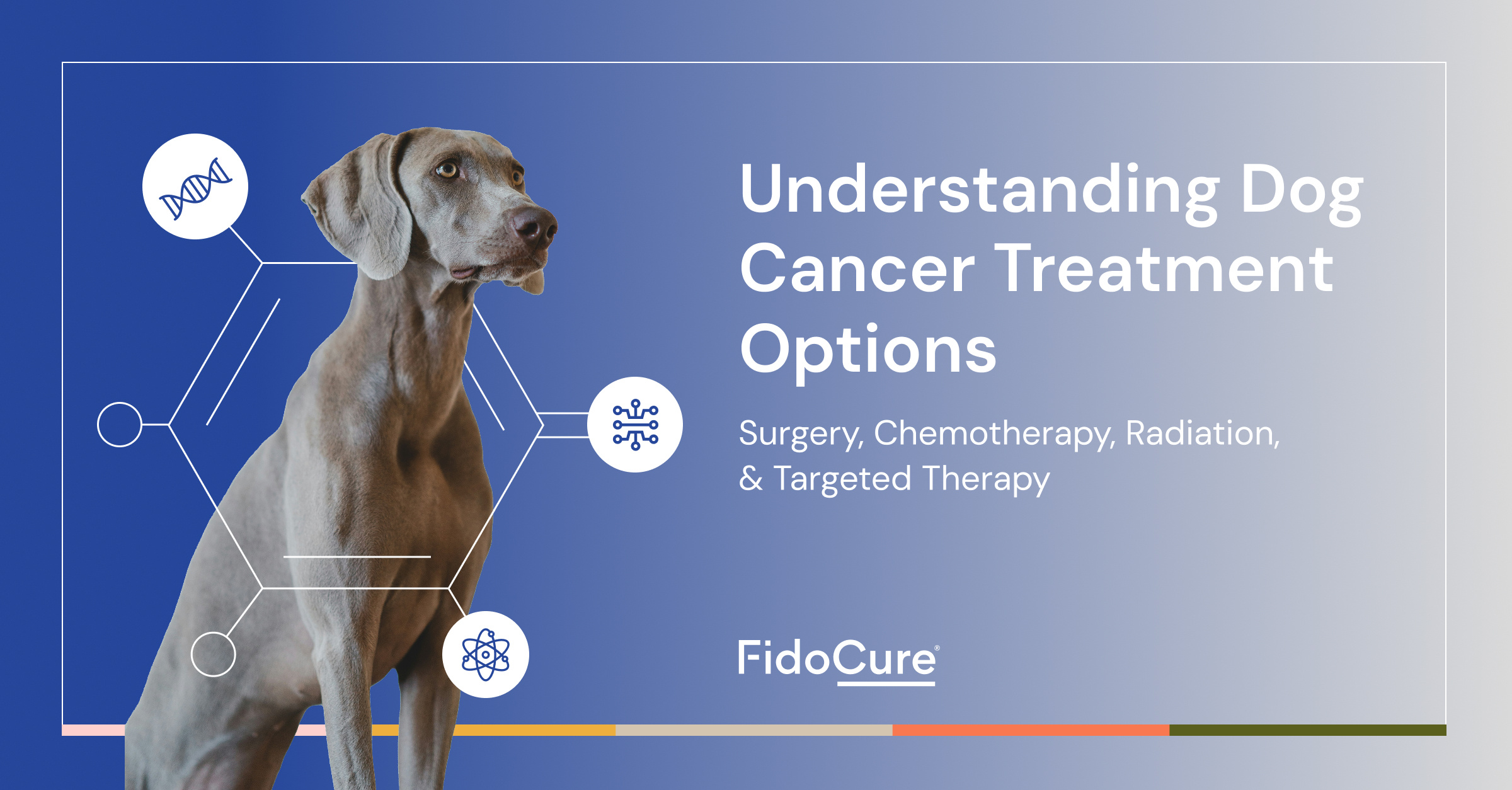A Guide to Soft Tissue Sarcoma in Dogs
Soft tissue sarcomas are one of the most common cancers affecting our canine companions. These tumors develop from a variety of soft tissue cells throughout the body, forming masses that pet owners often discover while petting their dogs. Soft tissue sarcomas can appear anywhere on the body but are frequently found on the limbs, trunk, head, and neck. This broad category of tumors includes various subtypes, each originating from different cell types such as muscle, fat, or nerve tissue.
The primary sign of soft tissue sarcoma is the development of a lump or mass on or just under the skin. These tumors may be moveable or fixed in place and are generally not painful until they become very large. As they grow, soft tissue sarcomas can form a root-like system that invades deeply into surrounding normal tissues, making them challenging to treat.
Treatment Options
The treatment approach for soft tissue sarcomas depends on several factors, including the tumor's location, size, and grade. Here are the main treatment options:
- Surgery: This is the primary treatment for most soft tissue sarcomas. The goal is to remove the entire tumor along with a wide margin of healthy tissue to ensure all cancerous cells are eliminated. Surgery is most successful when the tumor is located in an area with ample loose skin and underlying fat, allowing for complete removal of the tumor's microscopic "root system".
- Radiation Therapy: When complete surgical removal isn't possible, radiation therapy is an excellent complementary treatment. It's used to target microscopic tumor cells left behind after surgery, prevent regrowth of the tumor, or treat non-resectable tumors. It can also be used as a palliative option in some cases.
- Chemotherapy: While not typically used as a primary treatment, chemotherapy may be recommended for high-grade tumors with a higher risk of spreading, cases where metastasis has occurred at diagnosis, or as part of a metronomic (low-dose, long-term) treatment plan.
- Targeted therapy: Canine soft tissue sarcomas comprise a diverse group of tumors with varying genetic profiles. However, many share common abnormalities in proteins involved in angiogenesis (such as VEGFR and PDGFR), cell growth (like EGFR), and DNA repair pathways (e.g., BRCA). Palladia has shown some success in targeting these proteins, offering hope for slowing tumor growth. Additionally, new targeted therapies are emerging with promising results, although they are still undergoing clinical studies. These advancements represent an expanding array of treatment options that could potentially improve outcomes for dogs affected by these challenging and diverse cancers.
Prognosis
The prognosis for dogs with soft tissue sarcomas varies based on several factors, with tumor grade being a key determinant. Low and intermediate-grade tumors generally have a better outlook than high-grade tumors. Dogs with lower-grade tumors that receive appropriate treatment often enjoy a good quality of life and may even have a normal lifespan. However, dogs with high-grade tumors face an increased risk of local recurrence and associated complications, as well as a higher likelihood of the cancer spreading to the lungs or other organs, resulting in a poorer prognosis.
Fortunately, successful surgical removal with clean margins can be curative for low and intermediate-grade tumors. For incompletely excised tumors, adding radiation therapy can significantly improve outcomes, with some dogs living beyond six years. However, tumor location can affect treatability, with limb and head/neck tumors being more challenging to remove completely.
For the most accurate prognosis and treatment recommendations, consult your veterinarian or a veterinary oncologist. They can provide personalized guidance based on your dog's specific case, considering factors such as cancer stage, grade, tumor location, and overall health.


